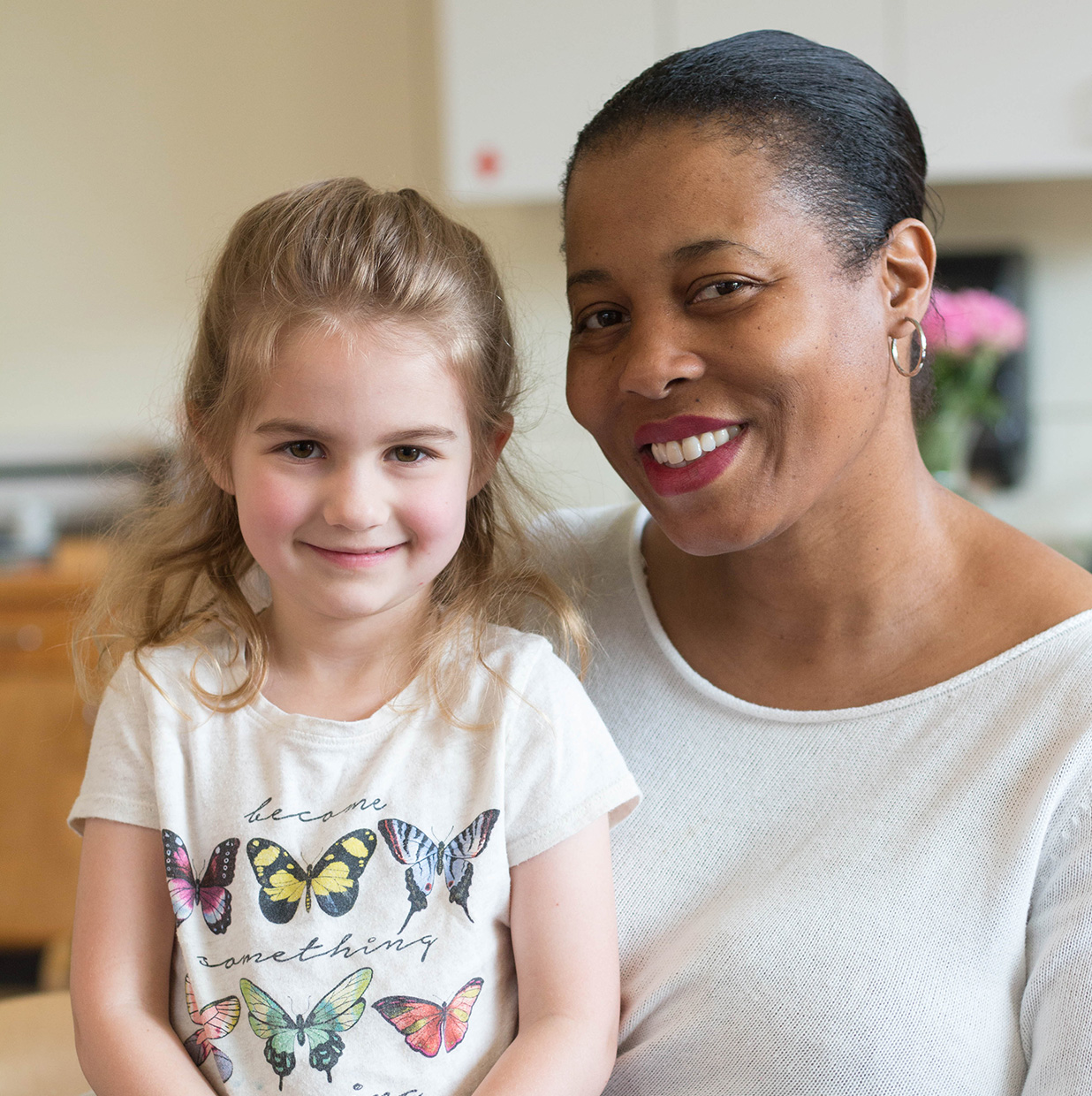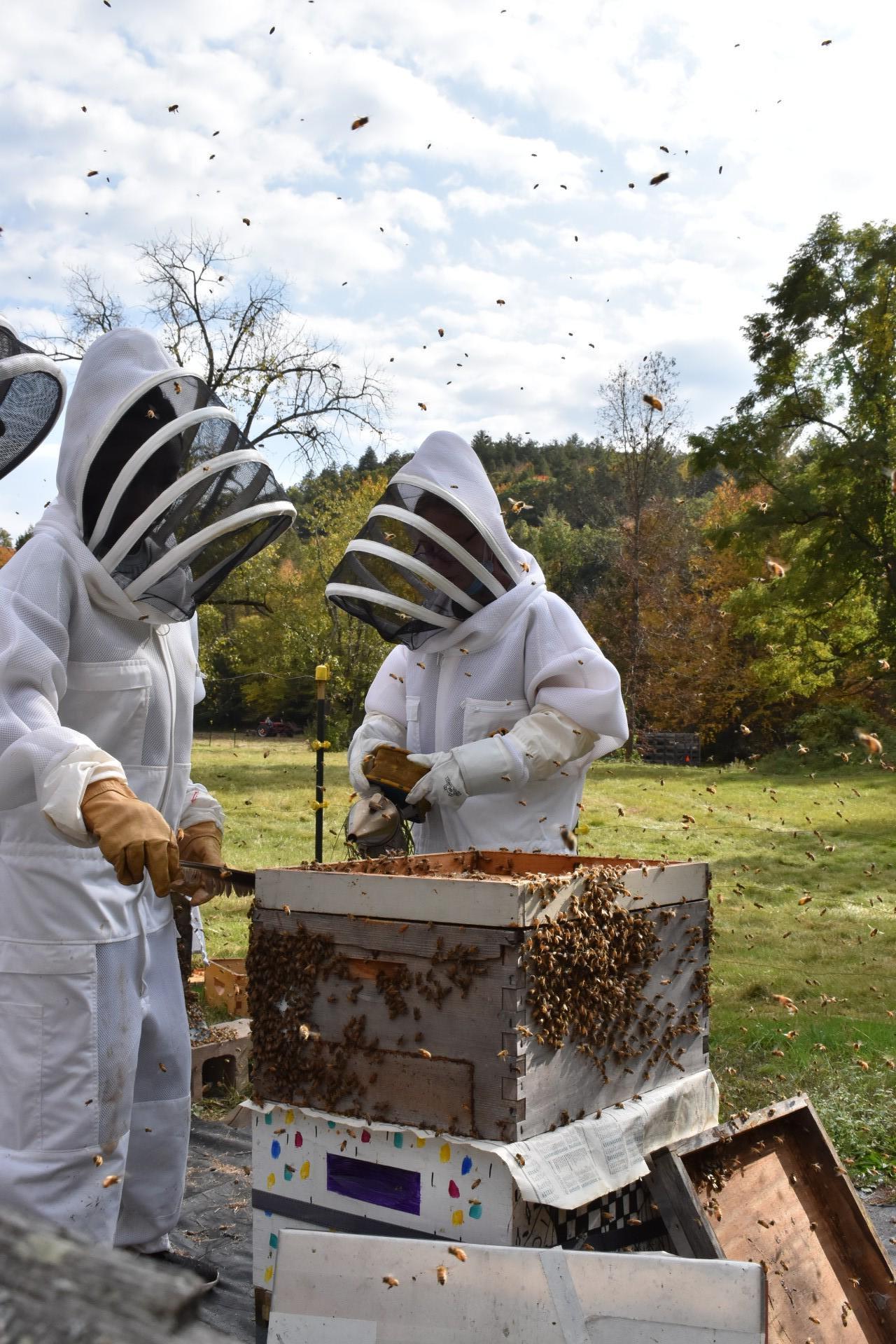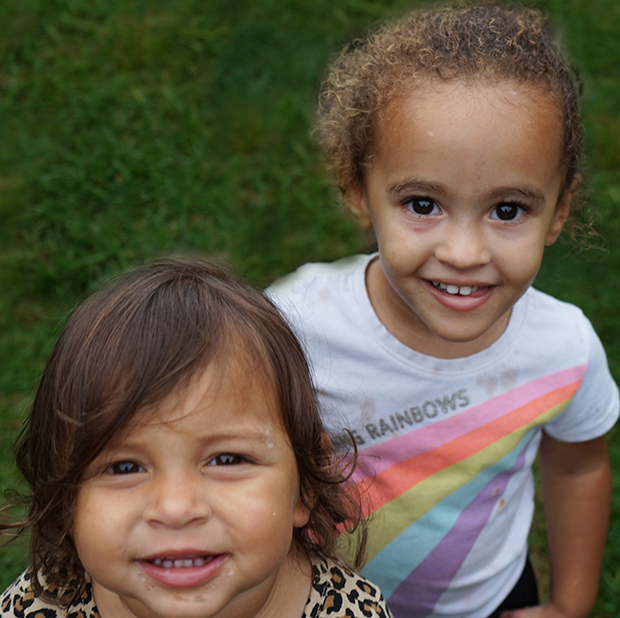Supporting a Toddler's Independence in the Home
"At this age children have a need to develop independence." -Maria Montessori
.jpg?v=1658855442698)
The young child is far more capable than you might think. Many prospective parents observing the Toddler community for the first-time comment, "How are you getting the children to do that?" Or, a current parent may comment, "I notice that my child cleans up after himself at school but not at home. What can I do that would help?" Supporting your child's budding independence at home can seem daunting, but there are ways you can encourage it and, in turn, help support their experience at school.
Independence with Dressing.
In our Toddler Community, the child will be expected to participate in dressing and undressing themselves and to take over this responsibility as soon as they are capable. To help your child succeed in this area, choose clothing that is manageable for their current skill level.
- Velcro or slip-on shoes are manageable for a toddler; shoelaces are not.
- Elastic waist pants are comfortable for their growing and moving bodies
- the lack of zippers, snaps, belts or suspenders will help them dress without frustration.
- Additionally, pullover shirts are preferable to those with buttons.
At Home
At home, you can demonstrate to your child on how to put on and remove articles of clothing. When modeling for your child, your movements need to be very slow, analyzed, and precise. In the beginning, the effort can be collaborative. For example, when putting on a sock, you could start the process by stretching the sock around his toes and pulling up to his instep. Your child (after being shown), could then slip his thumbs into each side of the sock and, using a raking motion, grip the material and pull it over the heel and up the leg.
Demonstrating patience by allowing sufficient time for your child to practice and refine these skills is key to building their confidence and independence is a key component.
.jpg?v=1658855035471)
.jpg?v=1658855061348)
Independence with Food and Mealtime
Food is such an important aspect of the Toddler Community yet, for parents, mealtime can often be one of the most frustrating parts of the day. In the Toddler Community, the children set the table, serve themselves food and drink, drink out of a glass, and enjoy conversation. Our toddlers clean-up their meals, scraping their plates and putting them on the dirty dish cart.
At home, you can support your child in this experience by eating meals together as a family. Sitting together signals to your child that this is an important time of day and emphasizes the social aspect of eating. Set the technology aside and make the evening meal a special time.
Whenever eating, allow your child to decide whether they eat part or none of what is being offered. That should always be a matter of choice.
Encourage your child to use silverware and refrain from allowing them to walk while eating (a choking hazard) or play with the food. Both should signal that mealtime is over.
Whenever possible, allow your child to be part of preparing the meal. Toddlers can gather items from the refrigerator, wash fruit and vegetables, stir, peel, and even chop with supervision.
Include them further by allowing them to help set the table and remove dirty dishes to the sink or dishwasher. Mealtime is a social occasion where you have the opportunity to model not only good table manners but also polite conversation - how to listen as well as speak to others.
(1).jpg?v=1658854727712)
.jpg?v=1658855197980)
These simple suggestions support the toddler in developing independence, along with confidence in his own abilities and as an important member of his group- your family.
This article was also published in the Summer 2022 Follow the Child, Community Publication. To see the article click here.
Program Details
Teachers: Toddler teachers augment their undergraduate or graduate-level experience with a diploma earned at an Association Montessori Internationale (AMI) Training Center. Each classroom is also supported by a Teacher’s Assistant who is a native Spanish speaker. In one of the classrooms, the teacher is the Spanish speaker and the assistant speaks English.
Classroom Composition: MSGH has four Toddler classrooms, all of which are carefully balanced by age, gender, cultural background, and children’s maturity and activity levels.
Half-Day, Full-Day and All-Day Programs: MSGH’s half-day Toddler Program runs from 8:30 to 12:00; the program includes snack and ends prior to lunchtime. The full-day program runs from 8:30 to 3:00, and the all-day program runs from 8:30 to 5:30.
Early Morning Care: An early morning care program is available from 7:30 to 8:00.
Transition to the MSGH Primary Program: Children transition from the Toddler Program to the Primary Program when they are developmentally ready. Children generally move between ages 2 ½ and 3 and may transition at any point in the academic year.










